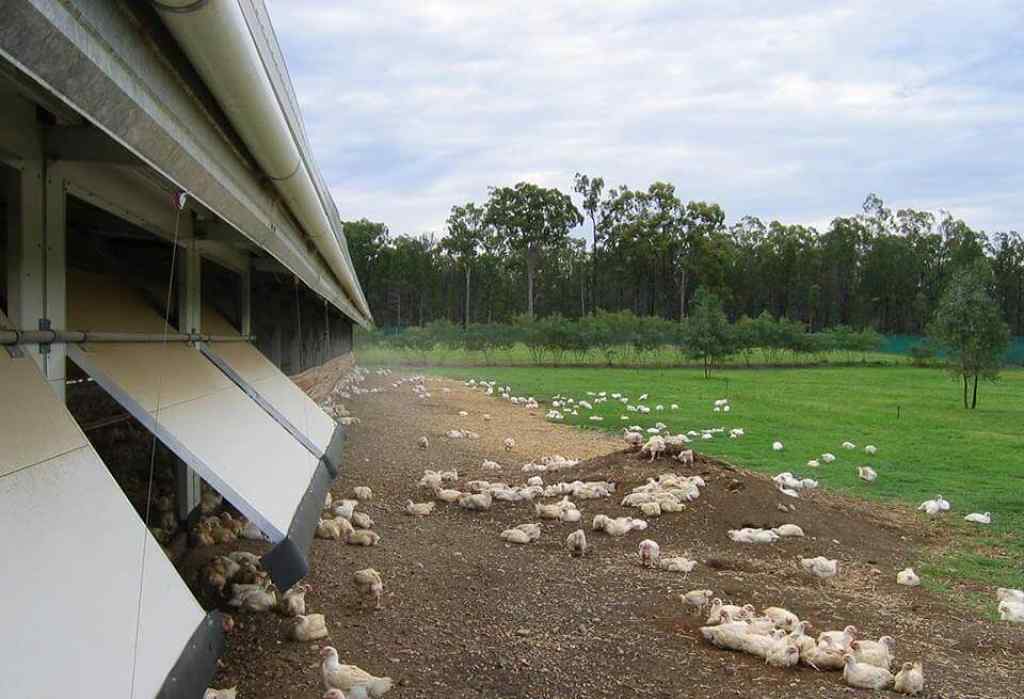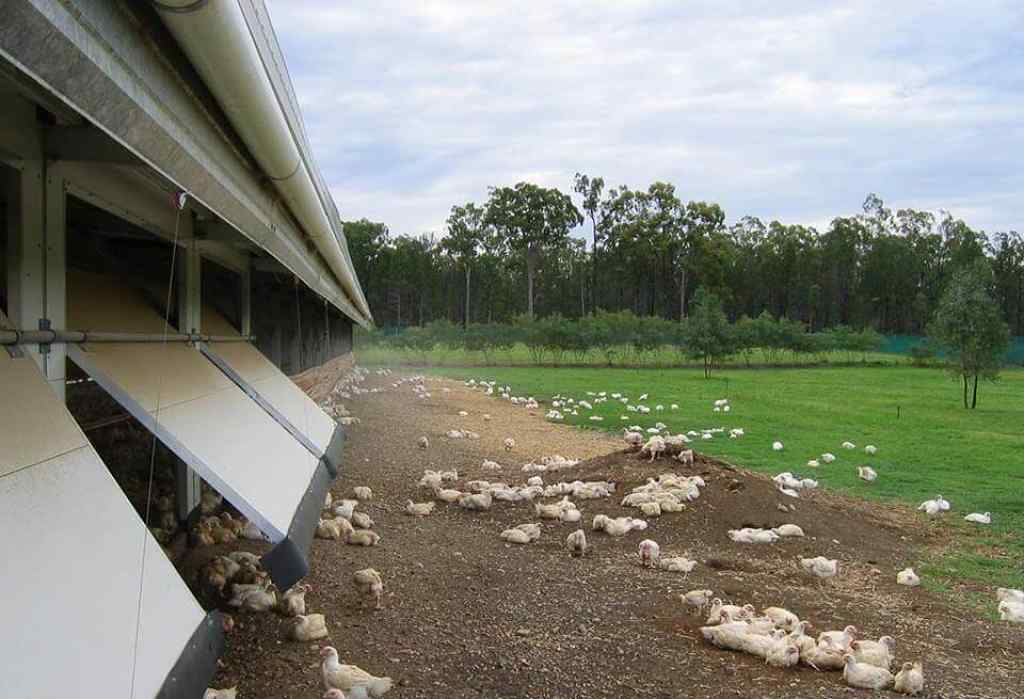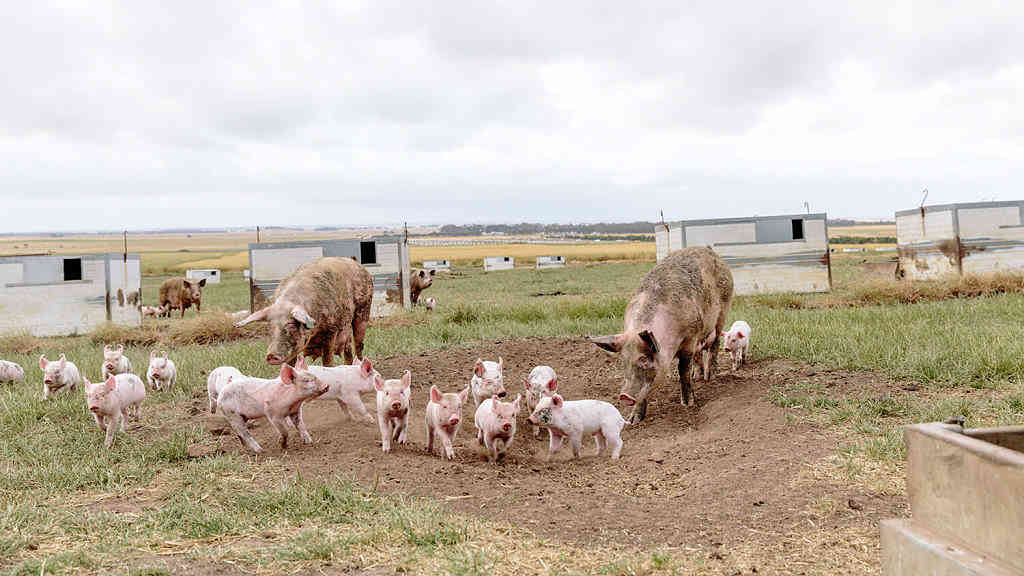
This may be an alarming and somewhat controversial statement; however, there is just too much ill health in the western world to not warrant digging deeper and educating ourselves into how our food is produced. The nutrient deficiencies I see in people are constant, no matter how much sun exposure, healthy food or diet choices they make, and one has to wonder, why is B12, Zinc, Magnesium and vitamin D deficiencies so common?
Health concerns such as mental health, skin health, digestive health and joint pain, can usually be overcome with a whole food diet, packed full of a variety of fresh vegetables, grains, fruits and well-grown animal products such as eggs, red meat, poultry and fish. However, I continue to see clients who eat these foods, stay away from processed and take away foods, and yet still have a reduced quality of life due to inflammation, higher than desirable heavy metal toxicity and multiple nutrient deficiencies.
The wheat industry is one industry producing a highly inflammatory product, that is ingrained in the Aussie way of life. Recent Gluten-Free diet fads have left many demonising gluten as bad, alongside sugar. However, gluten itself is not the problem, but rather, the way wheat is grown and farmed.
Due to the Nation’s dependence on wheat and the changes in climate, farmers have had difficulties growing the perfect wheat crop for many years, and many have been forced to adopt different and more efficient ways to increase annual yields. Using genetically modified seeds is one such method, allowing the use of herbicides to kill weeds and produce stronger, thicker crops much faster. Another method used for many crops including wheat, oats, corn and legumes, involves spraying the crops weeks before harvesting, to hasten the natural dying off process of the plant, allowing for faster, earlier and more efficient harvesting.
The chemical used in most herbicides is called Glyphosate, and this chemical is becoming more and more controversial. In the U.S. there are thousands of lawsuits against the manufacturer Monsanto, due to it being a probable carcinogen, meaning it can cause cancer. The human body cannot metabolise Glyphosate, and this is how it was deemed safe to use in the food chain, and introduced into farming practices in the 1970’s. Bacteria however, can metabolise it, and this has destroyed the balance of microbiome in the soil, leaving the soil lifeless and low in mineral and vitamin content. Residues of glyphosate are left on and in the plant, making its way into food such as commercial breads, pasta, cakes and biscuits, slowly destroying the microbiome of the human body.
The amount of digestive disturbance found in the population is huge, with incidences of coeliac disease, IBS, Cohn’s disease and gluten intolerance increasing each year. This creates inflammation and intestinal permeability (leaky gut), leading to autoimmune conditions, as foreign particles pass through the intestinal wall and into the blood stream, generating an immune response.
Another area of concern is the fish industry, in particular farmed fisheries. In 2016, the Tasmanian Salmon industry came into the spotlight, when the ABC’s 4 Corners program reviewed the farming practices of well known Salmon producer Tassal. As the company grew and expanded, smaller fisheries were forced out, leaving one large, mostly unregulated company to produce most of the salmon supplied to Australian supermarkets and restaurants. There were questions raised in the suitability and sustainability of their practices, when polluted waters from large, heavily populated fish nets could not always be properly flushed away. Fish were left gasping for oxygen and in 2018, some 30,000 fish died. There were also questions raised about the purchasing of WWF logos and ASC certifications, and if these were genuinely acquired or simply a pay off to mislead the consumer on the quality of their produce. But the thing that caused the biggest stir to the consumer, was the knowledge of the food given to these fish. Off cuts of other animals (brains, offal, bones etc), feathers, and faecal matter, often labelled as “ruminant protein”, all ground together into a pellet. The other additive to the pellet is astaxanthin, a synthetic version of the natural version, giving the salmon its lovely pink/salmon colour.
In the wild, salmon eat krill and other small crustaceans, and astaxanthin is a natural antioxidant (N-AX) compound found in these animals. However, in fish farming, the animals are not able to consume their natural food source, so a molecular equivalent synthetic form of astaxanthin (S-AX) was created to colour the flesh of the salmon, however, the natural antioxidant properties of S-AX are virtually non-existent, when compared to N-AX.
Today, Tassal continue to expand and grow in size, taking over more pristine coastline and bays, while their questionable farming methods remain virtually unregulated.
The Poultry industry is not squeaky clean either. Public awareness of battery cages for egg production saw many caged egg farms close and more free-range farming come into the market. This was great news, and the public began buying these free-range or cage-free eggs with a clear conscious, believing they were buying a quality product, where animals were treated well.
Lift the hood on the industry however, and you will find a different story. The label “Free Range” is quite a loosely legislated term. Birds need to be free of a cage, do NOT need to have access to outdoors, and there can be as many as 10,000 hens per square hectare, which equates to around one square metre per bird. Not quite the image we had in our minds, of happy hens running around a grassed paddock, eating grass and having dust baths in the sunshine!

Australian labelling laws of free-range eggs however, mean that the number of hens must be displayed on the box, so simply looking for this information at the supermarket, and choosing a product that has less than 5,000 hens per hectare, will equate to a more quality product. Most supermarket branded free-range eggs, will come from farms that include 10,000 birds per square hectare, and this has driven the price right down to the same price as battery hen eggs. This however, has only marginally improved the animal welfare and has not really improved the quality of the end-product nutritionally.
Eggs are high in omega fatty acids, in particular when hens are running around outdoors eating green grass. However, being cooped up inside a barn or crammed in a field, will not produce the same nutritional egg. Chickens will eat grass very quickly and for them to have access to grass all the time, would need to be constantly moved from one paddock to another. For the most part, these hens are fed a pellet feed, again with questionable ingredients.
The poultry meat industry has a similar story, with one major free-range chicken producer, Lilydale, dominating the Australian market, from butchers, supermarkets and take away charcoal chicken shops. One has to wonder how one company had the ability to dominate and flood the market to this extent. In recent years, they came under fire for the mistreatment of staff who were working long hours processing and packing the meat. One has to wonder, if they mistreat their employees, how do they treat their animals?
The Australian beef industry is another major player in our food industry and is very ingrained in the Australian culture. The Aussie BBQ, fast food hamburger chains and beef exports, make beef farming a billion dollar industry.
Anyone driving through the countryside would be forgiven for thinking that Aussie cattle have a great life, living in large green-fielded paddocks with plenty of space to move around and chew their grass. However, this is not usually the case.
Many cattle may well start their lives in grassy paddocks, but modern farming practices have changed the “finishing” of beef, moving them into feed-lots for up to 100 days. In these lots, the cattle are in crammed conditions, often without shelter from the harsh sun or cold weather and fed the genetically modified grain, corn and soy products, that have been heavily sprayed to speed up and increase production. With the cattle moving less, their muscles breakdown, making the meat tender for the consumer, and the herbicides used in the feed, are now ingested and ingrained into the meat.
Antibiotics are often used to reduce instances of disease, as the crammed conditions mean faecal build up. Often cattle are knee deep in this filth and rain can wash this into nearby creeks and rivers.
The production of huge quantities of cow’s milk is another questionable and cruel industry, not to mention the veal industry. Our reliance on cow’s milk is astounding, and I am often left wondering why we, as a society, feel the need to consume so much cow’s milk.
Pork farming has many similarities to poultry farming, crammed conditions, often without sunlight and the ability to move around and live the way nature intended. Most bacon that finds its way onto our plates, is actually imported from overseas. I remember going to a large butcher style shop many years ago, and I was then told by the staff, that some 80-90% of bacon is NOT Australian pork. They were almost laughing at me for not knowing this as an obvious fact. I have to say, that I was ignorant to this, and while I felt completely embarrassed at the time, it made me read labels and look deeper, so for that I am grateful.

So by now you must be thinking, this is just another animal rights, vegans rule, type article. Well, IT’S NOT. I am not a vegan or a vegetarian, BUT, I do have the right, as do YOU, to healthy, nutritional food. I rely on government regulations and food industry standards, to produce a product that will not make me sick. The deeper I dug for information about where my food comes from, the more concerned I became. Even at farmers markets, I have seen eggs from farms with 10,000 hens per hectare, or fresh garlic imported from China, or Oranges from America. This is NOT why I went to the effort of shopping at a farmers market!
Things need to change and it starts with awareness and US. What we buy at the supermarket, creates change. If everyone buys only free-range eggs that are produced in farms with less than 5,000 hens per square hectare, that sends a message to the producers. If we dramatically reduce our beef and cow’s milk consumption, and only buy quality, organic, pasture raised beef, the industry will have to adapt, and the climate will actually benefit massively. If we refuse to eat wheat products that have been sprayed with Glyphosate, our digestive systems will heal, our minds will become clearer and autoimmune instances can be reduced.
Moving away from largescale monoculture farming, that strips away the nutrients from the soil, and moving back to small farms, with crop rotation and regenerative farming practices, is the very thing that will provide us with healthy, nutrient rich soil and food, reducing the need for herbicides and pesticides. We deserve a food democracy, to allow us to reclaim our health and our rights to access naturally grown, sustainable, nutrient rich food, whether it be from a plant or an animal. Eating seasonably means, we only eat the food that can be grown at this time of the year, and not importing food from across the equator. Oranges are a winter fruit, so we should be eating them in abundance when they are available, and consuming something else when they are not. We also need to care for our most valuable resource, WATER, for without it, we cannot survive. Reducing our reliance on animal based foods, will dramatically reduce our water consumption and allow our rivers, and our environment, the chance to recover and regenerate. Obviously, climate change is complex and there is much more needed to turn things around. But we need to start somewhere and taking a stand at the supermarket, can have as big an impact as recycling, turning off the light switch and driving electric cars, not to mention, what it can do for our health.
References
ABC News, Jan 2018, Salmon giant Tassal plays down mass death of fish at Okehampton Bay, blames ‘human error’, https://www.abc.net.au/news/2018-01-08/tassal-plays-down-death-of-30k-salmon-at-okehampton-bay-farm/9310706
ABC, Four Corners, Oct 2016, Big Fish, https://www.abc.net.au/4corners/big-fish/7972064
Capelli, B., Bagchi, D., Cysewski, G., Dec 2013, Synthetic astaxanthin is significantly inferior to algal-based astaxanthin as an antioxidant and may not be suitable as a human nutraceutical supplement, https://link.springer.com/article/10.1007/s13749-013-0051-5
Choice.com.au, Nov 2016, Is farmed salmon being “dyed”?, https://www.choice.com.au/food-and-drink/meat-fish-and-eggs/fish/articles/astaxanthin-in-salmon-021116
Choice.com.au, 2020, Ethical meat; Understanding meat welfare labels at the supermarket,
Only Organic.org, 2020, Glyphosate facts everyone should know, https://www.onlyorganic.org/glyphosate-facts-everyone-should-know/
Tasmanian Greens, Feb 2020, Fish Farm Industry Regulation long overdue, https://tasmps.greens.org.au/media-release/fishfarm-industry-regulation-long
World Animal Protection, June 2020, How to shop responsibly at the supermarket, https://www.worldanimalprotection.org.au/news/how-to-shop-responsibly
World Health Organisation, March 2015, IARC Monographs Volume 112: evaluation of five organophosphate insecticides and herbicides,
https://www.iarc.fr/wp-content/uploads/2018/07/MonographVolume112-1.pdf
